Dungeons & Dragons: Dark Alliance is a hack and slash cooperative dungeon crawler, and with six different Challenge Levels to overcome there’s plenty to learn if you and your party plan to overcome the toughest challenges. In this Dungeons & Dragons: Dark Alliance Beginner’s Guide we’ll go over all the important tips and tricks you need to get started on your quest. Even if you know the basics, you’ll need to master the intricacies of combat, know how to farm better loot, and how Challenge Levels work if you want to succeed.
Beginner’s Tips for Dungeons and Dragons: Dark Alliance
Dungeons & Dragons: Dark Alliance is a fast-paced action-RPG where you and (preferably) a group of friends run through a collection of various dungeons in the pursuit of loot and experience. We have a full series of guides you can read via the link here, but in this Beginner’s Guide for Dark Alliance we’ll focus on the essentials. To start, you’ll want to pick a hero to play as.
Choosing a Character in Dark Alliance
There are four playable characters to choose from, each a member of R.A. Salvatore’s “Companions of the Hall.” For the non-D&D folks in the audience, that translates to: a rogue, ranger, barbarian, and fighter. You’ll want to pick one that leans into your personal playstyle, but keep in mind you can’t have duplicate characters in your party at launch.
You are not locked into your choice, and you can create a new character at any time (to include multiples of the same hero). Every character levels independently in Dark Alliance, and loot is not shared between your characters. Campaign progression is shared, however, so changing your character is not a full reset. You can use the tutorial level Trials of Tempus to experiment with each character and figure out which one you prefer.
You can read more about the four characters in Dark Alliance in our guide here, but to summarize them for this Beginner’s Guide:
Drizzt Do’Urden
A Drow fighter, Drizzt fills the rogue-role in Dark Alliance. He uses dual scimitars to quickly dispatch foes in a flurry of rapid strikes, and can call upon his spectral panther Guenhwyvar as his Ultimate.
Bruenor Battlehammer
A dwarf king and burly brawler, Bruenor uses an axe and shield in battle to control the field and draw attention away from him companions. Summons a banner as his Ultimate that creates a magical sphere, which significantly boosts the physical and elemental resistance of all party members near it.
Catti-brie
A human fighter who fills the ranger-role in Dark Alliance. She uses her bow to punish and puncture foes from a distance, and her Ultimate supercharges her arrows with arcane energy, allowing them to pierce foes and barriers in a straight line.
Wulfgar
A human barbarian, and leader of the Reghed clan, he uses a massive warhammer to pummel his enemies to a pulp. He channels the wrath of the god Tempus for his ultimate, spinning around in a fury that deals massive damage to all near him.
Play the first mission, Goblins at the Gates, solo (if you are not playing with friends).
While solo play in Dark Alliance is arguably the worst way to play the game, you should play the first mission alone. This will allow you to get a feel for your chosen character in a more dynamic environment, and you’ll be free to take as much time as you need. Quickplay is just that – quick – so as a new player you may find yourself paired off with a host that wants to go as fast as possible. Avoid that headache by starting out solo (or by playing with a premade group of friends, if you have the option).
Level up, spend Attribute points, and equip better gear to boost your Combat Power.
Dark Alliance uses a Gear Score/Item Level system, called Combat Power. This metric is there to help you quickly gauge which difficulty level (AKA Challenge Level) you should be tackling. To increase it you need to level up your character, spend their attribute points, and equip better gear.
Gear provides the largest boost to Combat Power. The higher the rank and rarity the better the boost to Combat Power. You can also upgrade gear twice at the merchant with crystals to further increase your Combat Power. You can read how to farm better loot in our guide here once you are comfortable with the system.
As a final note on Combat Power: keep in mind the “recommended” Combat Power attached to each Challenge Level in Dark Alliance was established with cooperative play in mind. If you wish to maintain your sanity, play the second highest tier available to you while playing solo.
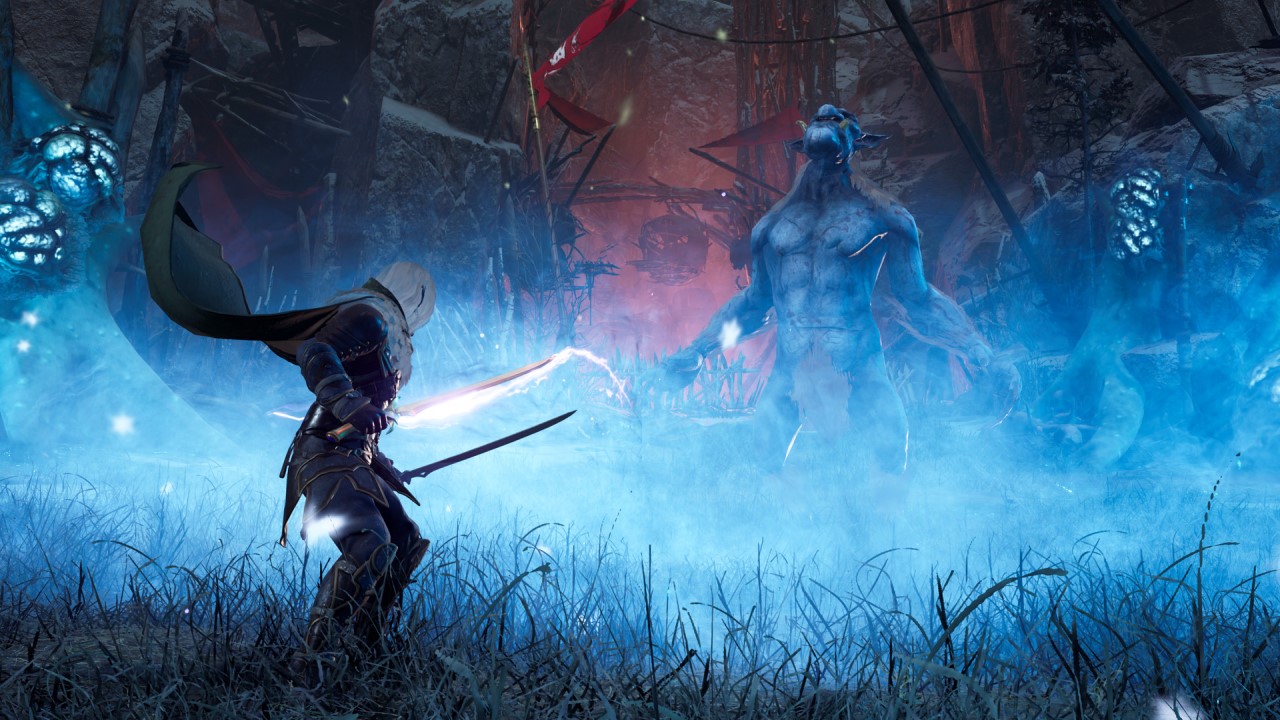
Dark Alliance Combat Basics
Dungeons & Dragons: Dark Alliance uses what developer Tuque Games calls “Emergent Combat.” What this means is you can chain attacks together in any sequence you so desire to create combos. You can learn more deliberate combos later on in the Moves menu, but early on you’ll want to learn how to use both Light and Fierce attacks without completely running out of stamina.
Stamina is used to fuel your attacks, dashes, dodges, and blocks. In the first two Challenge Levels it doesn’t deplete all that rapidly, but at Guardian level and higher you’ll quickly find yourself winded if you attack without consideration. Learn to effectively attack with your chosen character in powerful bursts, and try to limit yourself to shorter combo chains.
You attack direction is determined by the camera.
Unlike other hack and slash action-RPGs, you can’t use the left-stick or WASD keys to redirect your attacks in Dark Alliance. Since forward and back on the stick/W and S keys are used to initiate more complex Moves in Dark Alliance, your attacks will go in the direction your camera is facing.
If you want to enjoy the combat in Dark Alliance without frustration you’ll want to treat it like a third-person shooter. Pretend there’s a reticle in the center of your screen, and wherever it’s pointing is where you’ll attack. I strongly recommend you max-out your camera sensitivity, since the default setting is far too low on both controller and mouse.
Blocking and Parrying in Dark Alliance
You can block enemy attacks from any direction by holding down the block button (left bumper on controller, Tab on keyboard). A successful block will cause the attack to consume stamina instead of health, but keep in mind you can still be knocked down or staggered yourself while blocking.
You can parry an enemy’s attack by tapping the block button as soon as the attack is about to strike your character. A successful parry restores stamina and staggers nearby foes, allowing you to launch a counterattack or two while their stunned.
Use the Threat Ring to track enemy positions and incoming attacks.
Speaking of parrying and blocking, each character in Dark Alliance will have a Threat Ring around them during combat, with an arrow pointing toward every foe currently targeting them. Use this Threat Ring to track enemy positions and to know when attacks are coming your way, even off-screen. A yellow arrow means an enemy is about to attack, and a red arrow means the attack is incoming.
Keep an eye on enemies with red or yellow outlines.
Not every attack in Dark Alliance can be blocked. If an enemy has a red outline around them they are about to use an unblockable attack. To avoid these you need to dash or dodge out of the way of the attack, though the i-frames from dashing are enough to avoid most close range strikes.
A yellow outline, however, means the enemy has run out of stamina. You can hold down the Fierce attack button to trigger an Execution – a heavy-hitting strike that will either kill the enemy outright, or deal massive damage to them. Keep in mind any attack that hits an exhausted enemy will pull them out of the Execution-state, so try not to spam your attacks.

Playing with Friends in Dark Alliance
Dungeons & Dragons: Dark Alliance is best played with other people. You have a couple of options for online play, to include an easy to use Quickplay queue for random matchmaking. You can also start custom games for yourself and your friends, but adding people to your party is currently a fiddly affair in Dark Alliance. It’s worth noting Dark Alliance does use dedicated servers to facilitate multiplayer.
Use Quickplay once you are comfortable with two different characters.
Quickplay is exactly as the name implies – you’ll be put into the first open party the game can find based on available slots and location. This means you can end up in a game where your preferred character is already in use. Since you can’t play as duplicate characters in Dark Alliance (yet), you’ll want to be comfortable with at least two different characters before jumping into Quickplay. Also keep in mind Quickplay does try to take your Combat Power into account, but you may find yourself helping players fighting through Challenge Levels you’ve already cleared.
To play with friends you’ll need to use your platform’s social functions.
Dark Alliance has crossplay between PC and Xbox, and cross-generation crossplay is coming to PlayStation platforms in an update soon after launch. To play with your friends you will need to send them invites via your platform’s social functions/friends lists.
Ensure everyone is online and in Dark Alliance before you start. You cannot invite people into a dungeon; invites must be sent out while everyone is in the hub. Once everyone is ready the host can send invites by using one of the below methods:
- Steam: open the Overlay and right-click the friends you want to invite, then select “Invite”.
- Once Steam to Windows crossplay is live you’ll want to enable the Xbox Game Bar to handle invites cross-platform.
- Xbox: tap the Xbox button and scroll to the Social tab. Select the friends (who need to be in-game) you wish to invite, and pick “Invite to Game.”
- PlayStation: similar to Xbox. Make your way to your Friends List in the overlay and invite them to your game.
- Windows Store: you’ll need to enable the Xbox Game Bar in your Windows settings to both send and accept invites.
Stay near the host while within a dungeon to avoid being teleported all over.
While in a dungeon in Dark Alliance everyone needs to stay near the host. Wander off too far and you’ll be teleported back within range of the host. This also means you’ll be pulled to the host if they push on ahead. If you are in Quickplay and your host is speedrunning through a dungeon you won’t be able to explore, so if this bothers you either ask the host to slow down, or find a different match.
Help up downed teammates to avoid being sent back to a checkpoint.
When a teammate goes down in Dark Alliance you have a brief window to help them up. If you don’t help them in time they will die and respawn at the previous checkpoint. You can’t actually fail a dungeon in Dark Alliance, but no one wants to slog through packs of enemies they’ve already killed. If you are playing solo and are downed you immediately die.
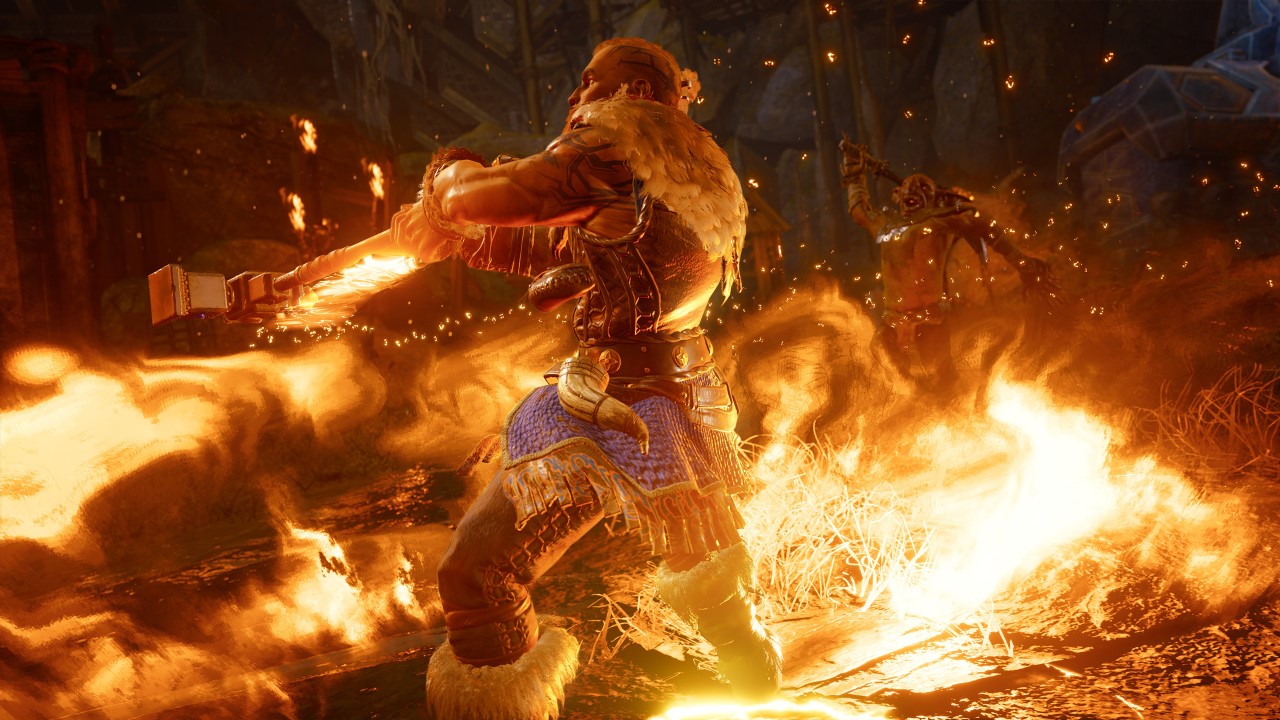
Dark Alliance Dungeon Crawling Basics
Use Short Rests when able.
Short Rests in Dungeons & Dragons: Dark Alliance periodically appear after clearing out an arena of monsters, and these can be used to not only create a checkpoint, but to restore your health, stamina, and consumables. They will respawn all enemies in a dungeon, however.
You will have thirty seconds to either opt-in or out of a Short Rest if you are the host, and if you decide to use it the entire party will be gathered at that location. You can decide to not take a Short Rest in exchange for an increase to loot rarity, but keep in mind Short Rests are one-and-done deals. If you want to take a Short Rest you need to use it while you can.
Explore side routes and hidden areas to find large chests with loot.
Dungeons in Dark Alliance have multiple branching routes and hidden areas, and you can usually find a large chest with loot at the end of each. If you want to efficiently increase your Combat Power you’ll want this loot, so coordinate with your team and explore dungeons together.
You need to pick up your own loot.
Loot in Dungeons & Dragons: Dark Alliance is not shared. If something drops you need to manually pick it up yourself if you wish to redeem it from the Reward Chest back in the hub after the mission. This means you’ll also have to make your way to any large chests your teammates may have found and opened to claim the loot that dropped.
Optional Objectives and Lore Items are fun, but not mandatory.
There are usually two optional objectives in each dungeon in Dark Alliance, and completing them will reward you and your party extra experience at the end of run. Thing is, the experience offered isn’t all that much. If you are planning to take your time then go out of your way to complete these optional objectives, but don’t stress over them.
Similar to optional objectives are the various tomes, tablets, and other lore items scattered about dungeons in Dark Alliance. This are excellent to grab if you love to read lore entries between missions that expand upon the world you are playing in, but they do not offer any other form of reward. Grab these if you are taking your time in a group, or are playing solo.
Final Beginner’s Tip: Have Fun!
Perhaps the most important advice I can provide new players to Dungeons & Dragons: Dark Alliance is to have fun. If you are trying to tackle a harder Challenge Level and find yourself frustrated drop down a level and farm some better loot for a while. If you are playing in Quickplay with a toxic host leave that session and find another. Your time is valuable, and as enjoyable as Dark Alliance may be it’s not worth losing sleep over.
So, find yourself a character you like, grab some friends, and go out on an adventure together! For more detailed Dark Alliance guides be sure to check our page here. Dungeons & Dragons: Dark Alliance is available June 22nd on Xbox Game Pass for PC and Console, PC (Steam), Xbox One, Xbox Series X|S, PlayStation 4, and PlayStation 5.


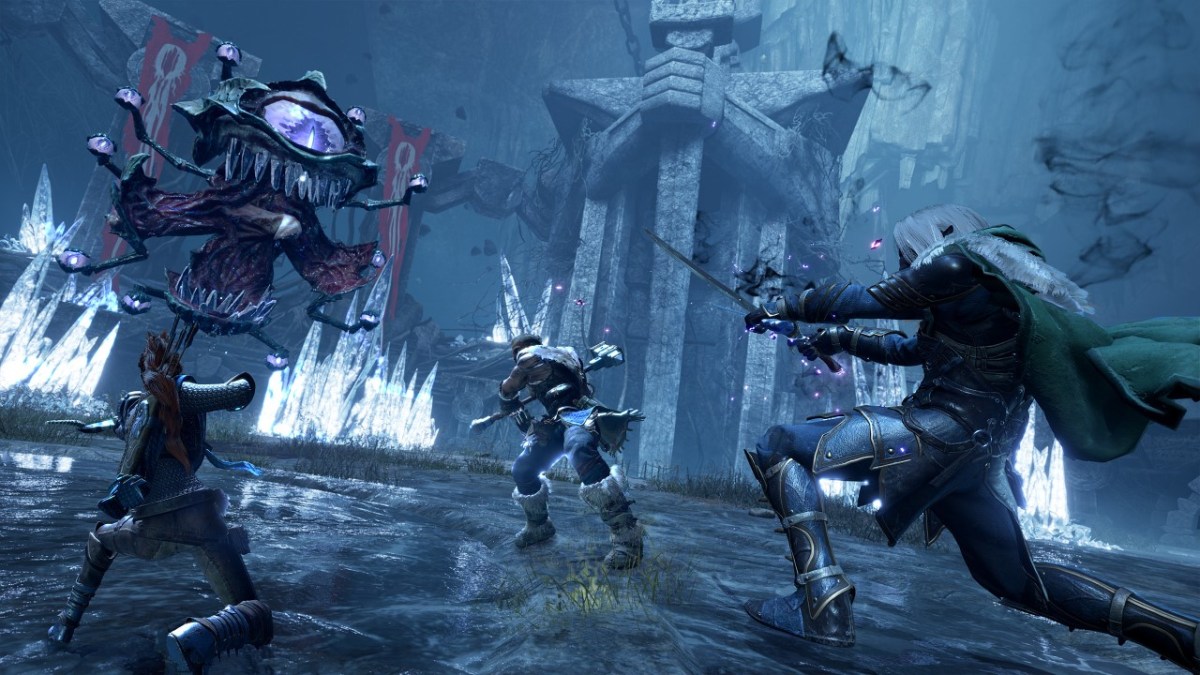



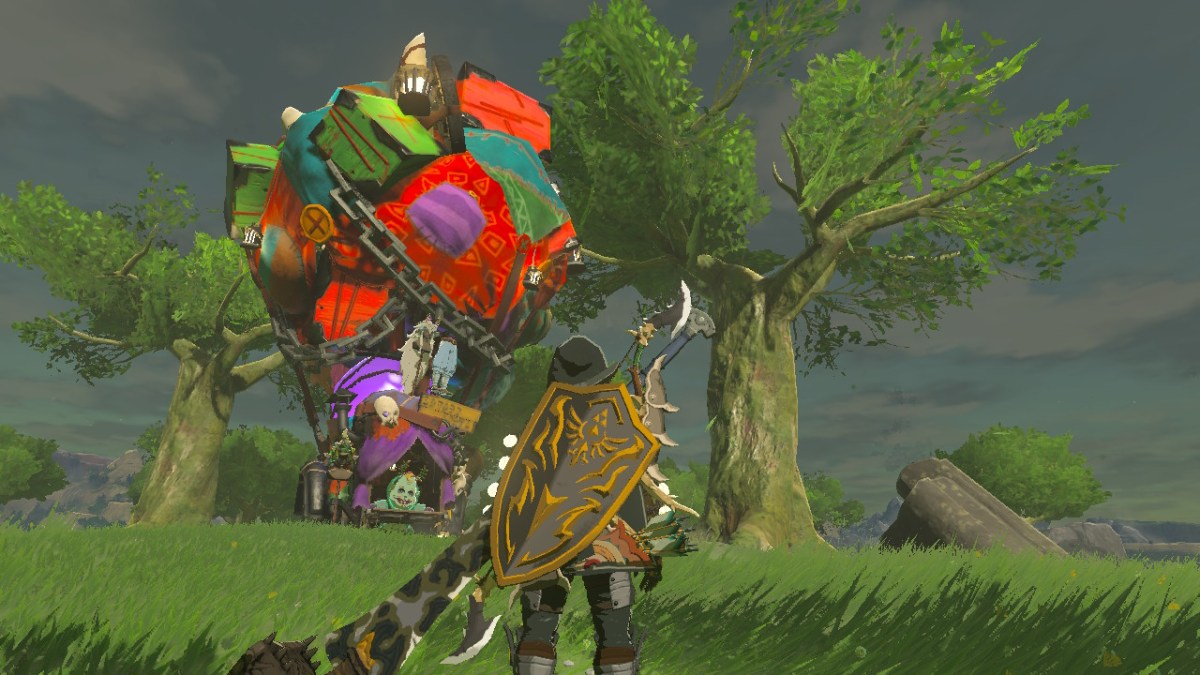


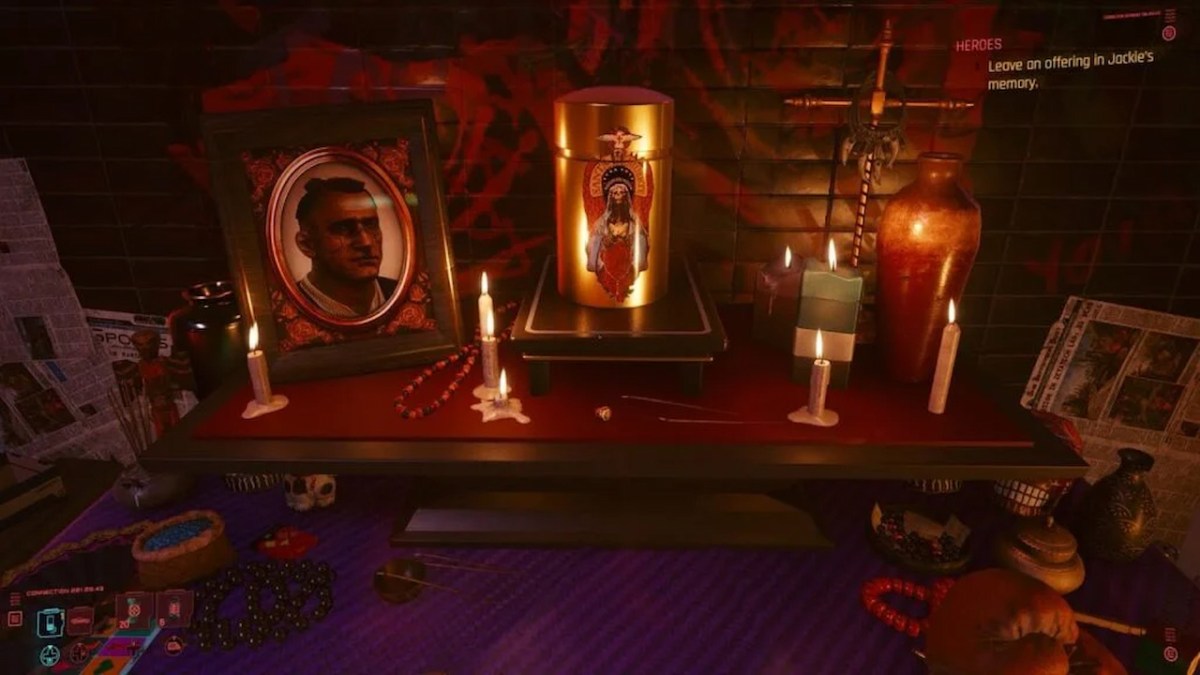
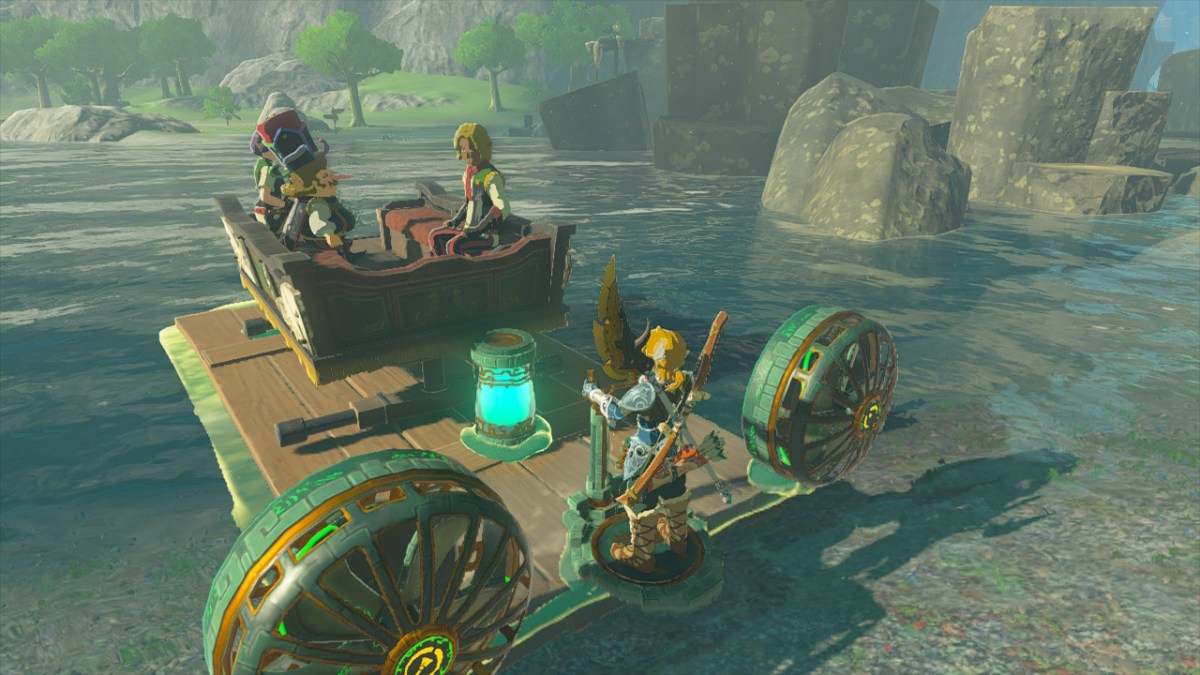
Published: Jun 21, 2021 11:00 am